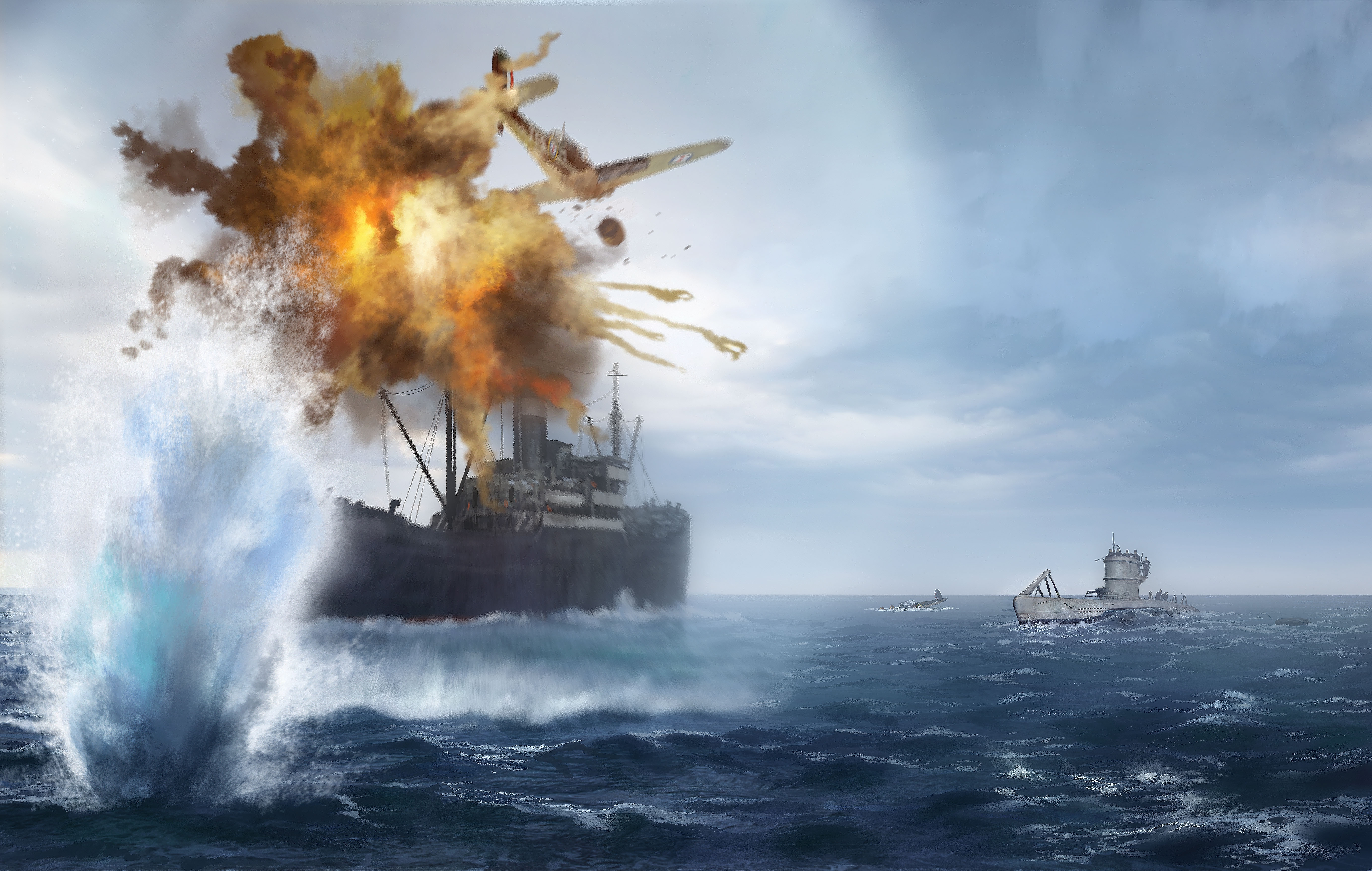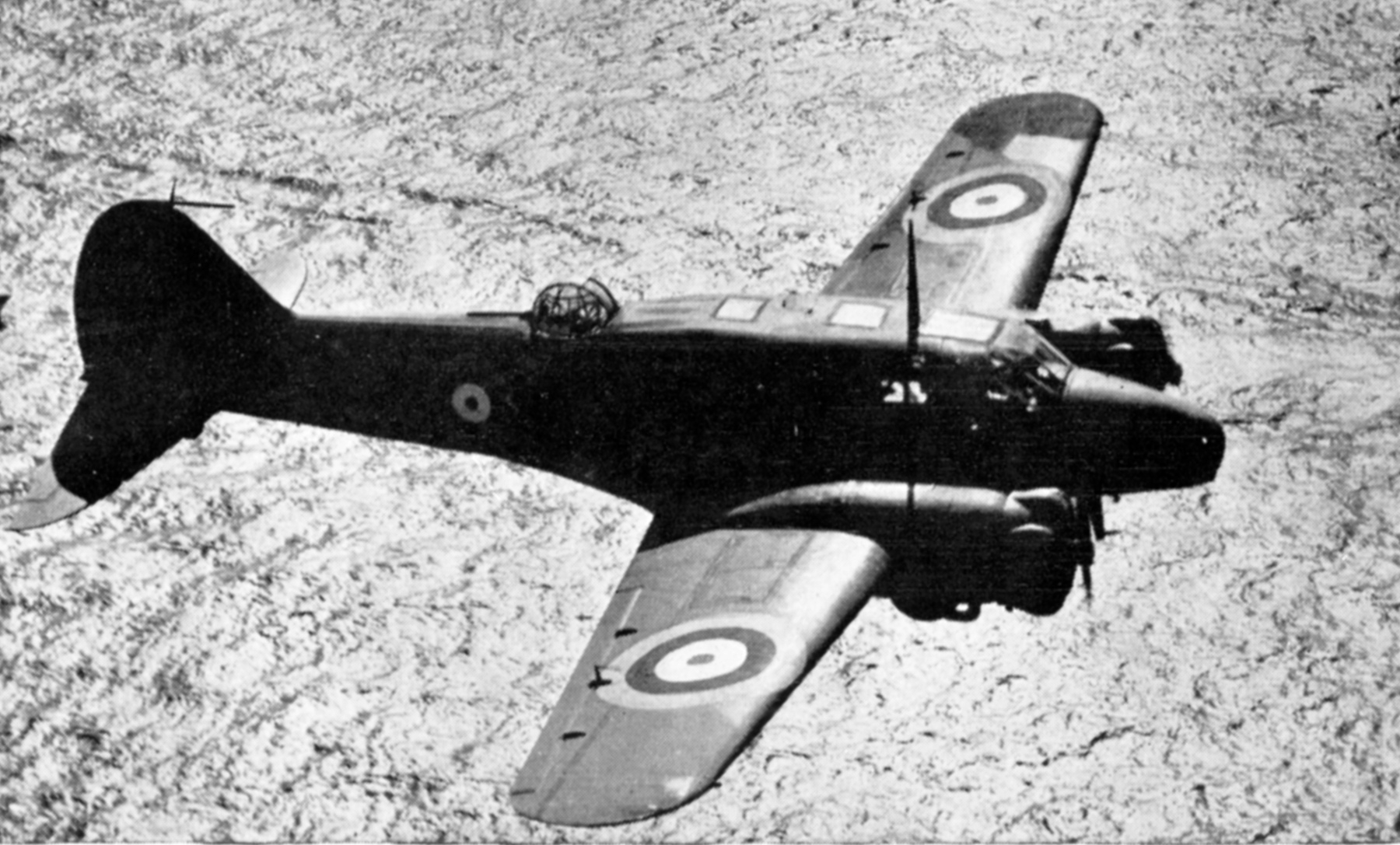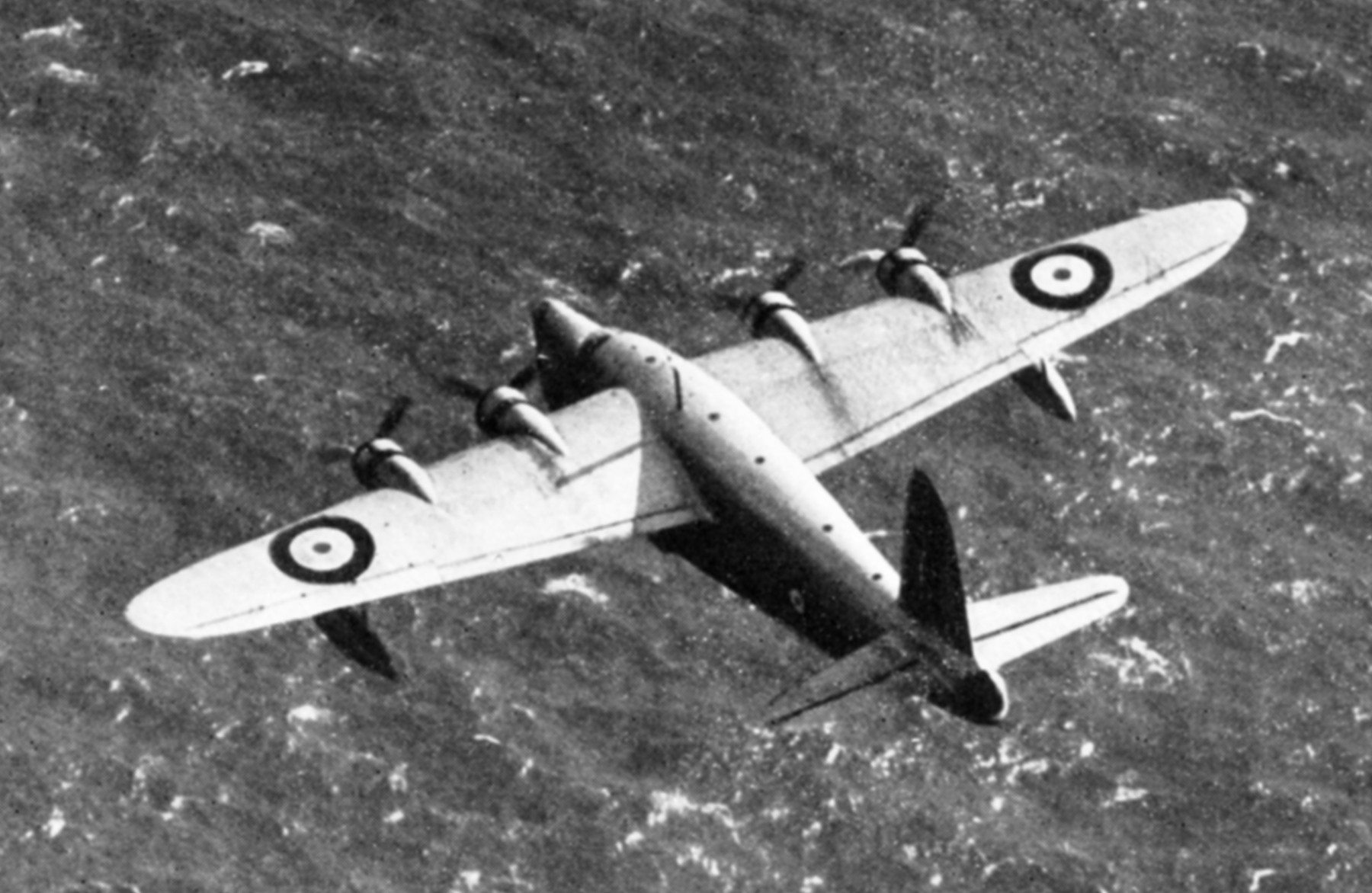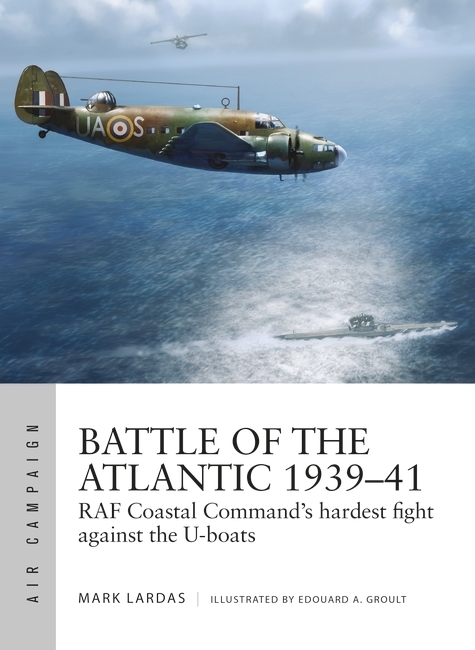On the blog today, Mark Lardas, author of Battle of the Atlantic 1939–41 looks at the roles submarines and bombs played at the start of World War II.
History buffs enjoy what-ifs and speculating on what would have happened had military leaders only possessed a little more foresight. Take the Battle of the Atlantic. Today “everybody knows” Germany could have defeated Britain had their U-boat fleet been larger at the start of World War II and had they ramped-up submarine production earlier. Why did the German Kriegsmarine (except Karl Donitz and his U-boat arm) ignore the potential of the submarine?
Because in the late 1930s, conventional wisdom held the submarine was obsolete as a tool against maritime trade. Every major navy in the 1930s believed that, including the Kriegsmarine. They viewed the submarine’s main role was scouting for their battle fleets and serving to attrite enemy’s surface combatants prior to naval battles. Donitz believed differently but had not convinced his superiors he was right.
Surprisingly, this time conventional wisdom was correct. The diesel-electric submarine was obsolete as a commerce-raiding instrument. Convoys, underwater detection, and antisubmarine aircraft, used in combination, doomed any strategic attempt to choke off trade through submarines. The United States, Great Britain, Japan, and Germany all believed this and built their submarine forces accordingly.
In World War I the convoys and antisubmarine aircraft ended Imperial Germany’s U-boat offensive just as it was on the cusp of victory. Convoys reduced opportunities for U-boats to find targets. When a U-boat was lucky enough to find a convoy, it had to use its limited supply of torpedoes, instead of its preferred weapon, the deck gun. Even a convoy of armed merchantmen, unescorted by warships, could drive off a surfaced World War I U-boat.
Aircraft could spot surfaced U-boats and either steer surface escorts to the U-boat or sink it with bombs or depth charges. This forced U-boats to submerge, limiting their ability to find targets. The search area visible through periscope was 90 percent smaller than the area available atop a surfaced U-boat’s conning tower.
Throw in ASDIC (or sonar) with its ability to spot a submerged submarine and it is unsurprising the U-boat was believed obsolescent.
Donitz found ways to neutralize the strengths of both convoys and sonar. Rather than have U-boats search for convoys independently, he organized them into search lines, with regular communication of convoy intelligence by radio. U-boats would be directed to convoys spotted through signal intelligence, by aircraft, and by other U-boats. When possible, multiple U-boats would attack a convoy overwhelming the escort. (While this Rudeltaktik proved effective in 1941–43, it was not tried until nearly a year into the war. Donitz lacked the submarines and did not need it until January 1941.)
Sonar worked only while a U-boat was submerged. Surfaced, U-boats could not be spotted by sonar. With its low profile a submarine was virtually invisible to lookouts at night. This allowed them to approach and attack convoys with impunity. Until the Royal Navy began equipping escorts with surface search radar, U-boats attacked convoys at night with virtual impunity.
Yet Donitz never found a counter to antisubmarine aircraft. If spotted by an aircraft, a submarine had two bad options: fight it out on the surface or submerge.
Fighting it out on the surface was a losing game. Aircraft could choose when to attack. They were hard-to-hit targets. Even if the U-boats could successfully shoot down five aircraft for every U-boat sunk, the exchange rate still favored the aircraft. Plus, aircraft could call nearby warships for help.
Submerging left a U-boat virtually blind, and crippled its speed. Surfaced, a U-boat could move 15 knots and spot anything within 12 to 15 miles of its conning tower. Submerged, it could only go 2 knots for a limited amount of time, and it could only spot objects no more than three miles away through its periscope. Submerging reduced speed by over 80 percent and search area by 95 percent.
As results in 1943–1945 demonstrated, antisubmarine aircraft could not be countered, and forced withdrawal of U-boats against the North Atlantic convoys.
Given this, why did Britain’s Coastal Command, charged with protecting Great Britain’s seaward approaches, fail to check the U-boat threat in the first two years of the war?
The answer was simple. To eliminate the U-boat threat, there must be aircraft and airborne weapons capable of eliminating U-boats. In 1939, and through January 1941, Great Britain had neither.
Britain opened the war with three airborne antisubmarine weapons: a 100-pound anti-submarine bomb, a 250-pound anti-submarine bomb, and a 450-pound air-droppable depth charge. The 100-pound bomb was incapable of cracking the pressure hull of a U-boat, even with a direct hit. While the 250-pound bomb could sink a U-boat, it had to land within a yard of the hull to do so.
Worse, both bombs tended to bounce back into the air before exploding when they struck water. This made them more dangerous to the aircraft dropping them than the U-boat targeted. More aircraft were shot down by bouncing bombs than U-boats Coastal sank during the first year of the war.

The 100-pound anti-submarine bomb was more dangerous to British aircraft than Nazi U-boats. On several occasions it bounced back into the air before exploding, bringing the aircraft dropping down.
Artwork by Edouard A Groult
Even worse, Coastal Command was unaware of the ineffectiveness of their weapons until January 1940, six months into the war. The bombs were never tested pre-war. The truth was revealed only after HMS Snapper reached port after a patrol in which a Coastal Command Anson hit the submarine on the conning tower with 100-pound bombs. Fortunately for Snapper’s crew the direct hit’s damage was limited to flaking off paint and bursting four lightbulbs inside the conning tower. However fortunate it was for the sailors, it revealed the ineffectiveness of Coastal Command’s main anti-submarine weapon.

A U-boat doesn't go to its doom. While Coastal Command believed they sank this U-Boat, in reality the bombs dropped on it could not seriously damage it.
Image courtesy of Mark Lardas
As for the 450-pound depth charge? There were too few depth charges available. Only one Coastal Command aircraft could carry it, the Short Sunderland. In September 1939 Coastal Command had only 24 of these four-engine flying boats.
Sunderland production could not be increased beyond its limited production (less than six per month) because Short was then building Britain’s first four-engine bomber, the Stirling. The RAF placed a higher priority on the Stirling. Nor was Bomber Command then willing to lend Coastal Command any of its twin-engine bomber capable of carrying the 450-pound depth charge.
Coastal Command’s main aircraft in 1939, the Avro Anson, could not carry the 250-pound bomb. It was limited to two 100-pound bombs. (It holds the distinction of being the only widely-used Coastal Command antisubmarine aircraft to sink no U-boats during the war.)

In September 1939 the Avro Anson was the aircraft used by 9 of 10 shore-based Coastal Command patrol squadrons.
Image courtesy of Mark Lardas
The Royal Navy had a 250-pound depth charge which could be carried by Coastal Command aircraft other than the wretched Anson (which was being replaced by the Hudson). Coastal Command began developing an air-droppable version almost immediately after the anti-submarine bombs’ inadequacy was revealed.
Yet development moved with a deliberation that made George C. McLellan look like a Stonewall Jackson. The conversion consisted of adding an aerodynamic fairing to one end of the depth charge and stabilization fins to the other. Despite this, it took a year for the first air-droppable depth charges to reach Coastal command and another three months before they were widely available. Not until May 1941 did Coastal Command have a widely-available weapon capable of sinking a U-boat. Fortunately, the Germans were unaware of Coastal Command’s impotence. They kept submerging whenever they spotted an aircraft.
Remarkably, despite these handicaps, Coastal Command managed to contribute to the sinking of two U-boat between September 1939 and September 1940. Sunderlands took part in both. They either forced the U-boat to surface, where it was sunk by a surface warship, or caused a previously-damaged U-boat, unable to submerge, to scuttle.

In 1939 the Sunderland was the only Coastal Command aircraft likely to sink a U-boat.
Image courtesy of Mark Lardas
Germany only significantly increased U-boat production in September 1941. U-boat numbers capable of conducting the type of “tonnage war” Donitz envisioned occurred only in early 1942. The Battle of the Atlantic was only a close-run thing between February 1942 and June 1943.
If Coastal Command had been capable of sinking U-boats from September 1939 on, the Battle of the Atlantic might have gone very differently. Coastal Command attacked U-boats 137 times in 1939 and December 1940. Other than assisting in sinking the two U-boats mentioned earlier, none of those attacks succeeded in sinking U-boats. Had only ten percent of the remaining attacks actually sunk U-boats, Germany would have had four less U-boats to send on patrol in January 1940, and 13 less by January 1941.
With fewer U-boats there would have been fewer merchant sinkings. For example, in January 1941 Germany averaged nine U-boats at sea per day. On some days they had only six, while at most there were 12 U-boats on patrol. The results of Donitz tonnage war would have been tepid.
By July 1941, with German panzers swarming into the Soviet Union, Hitler might have decided the steel to go into building U-boats might be more profitably used to build armor. The shipping crisis of 1942–43 would not have occurred and the Second Battle of the Atlantic would have ended two years earlier than it did.
It was possible to wage successful trade warfare using submarines during World War II. Germany certainly did through early 1943. Between 1941 and 1943 Great Britain largely sealed the Mediterranean to Italian cargo traffic using submarines. The United States Navy’s Submarine Service brought Japan to its knees. Yet success in all three campaigns was predicated on the defensive power lacking effectual antisubmarine aircraft and on not using the ASW aircraft they effectively possessed.
Order your copy of Battle of the Atlantic 1939–41 to find out more.



Comments
You must be logged in to comment on this post. Click here to log in.
Submit your comment